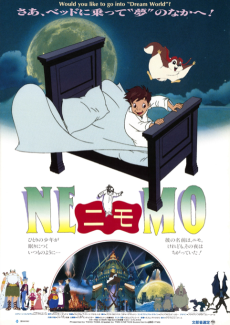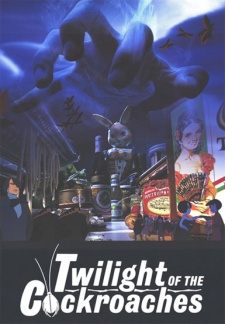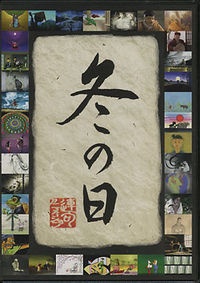KURUMIWARI NINGYOU
MOVIE
Dubbed
SOURCE
OTHER
RELEASE
March 3, 1979
LENGTH
95 min
DESCRIPTION
The young girl Clara visits her Aunt Gerda and Uncle Drosselmeyer. Her aunt tells her scary stories about the Ragman, a creepy and mysterious man who turns children into mice if they don't go to bed on time. The Ragman is always spying on sleeping children searching for more victims.
Just before Clara goes to bed her eccentric uncle gives her a wooden nutcracker doll. He's a bit embarrassed because the only part on the doll that's perfect is the heart, but Clara loves her new doll.
She falls asleep but wakes up hearing mice squeaking...
CAST
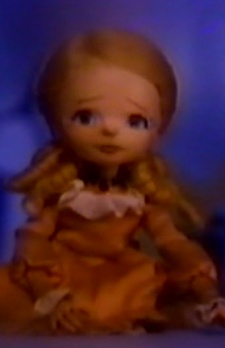
Clara

Kaoru Sugita

Franz
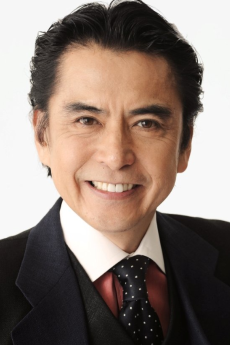
Tarou Shigaki

Fritz

Tarou Shigaki

Drosselmeyer
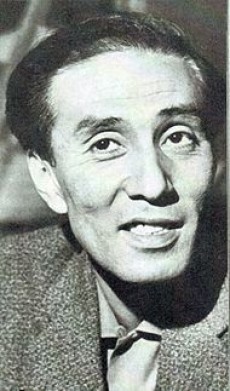
Kou Nishimura
REVIEWS

JTurner82
80/100Dark yet haunting, rarely seen (not to mention strange) Japanese stop-motion feature.Continue on AniListNutcracker Fantasy is weird, but once you realize that this is essentially a Japanese take on the now famous ballet, boy is it fun. This rarely seen Japanese-American co-production eschews sugar plum fairies and candy canes, as well as Christmas trees in favor of a dark, dreamy (and, need I say it, trippy) tone. It's almost strange to believe that this film was made by Sanrio, the folks responsible for the more light-hearted "Hello Kitty" franchise. (Some "Hello Kitty" figures can be seen at one point of the movie!)
The plot, very loosely based on both the fabled E.T.A. Hoffman story and, to a lesser extent, Tchaikovsky's now famous ballet (snippets of the composer's famous score can be heard on the soundtrack) goes something like this: Clara (voiced by Melissa Gilbert), a pretty doll face of a girl, receives a mysterious nutcracker from her eccentric Uncle Drosselmeyer (Christopher Lee). Before long, our young heroine finds herself on a STRANGE (consider the emphasis on the word "strange" very closely) fever-induced adventure which defies explanation. The focal point of the film is Clara helping sad King Goodwin of the Dolls (Dick Van Patten) free his daughter from the sleeping spell of a wicked two-headed rodent, Queen Morphia (Jo Anne Worley). In the battle against Morphia and her army of mice, Goodwin's courageous guards-keeper, Franz (Roddy McDowall) is transformed into Clara's nutcracker doll. The last act of the film involves Clara struggling to find a way to break Franz's curse while dealing with Morphia's vengeful royal (b)rat, Gar.
What makes Nutcracker Fantasy interesting are its puppet animation visuals. Around the time this movie was made (1979), it was common to see stop-motion animated specials on television, most of which came from Rankin-Bass (Rudolph's Shiny New Year comes to mind). The stop-motion process is complex: fragile puppets ranging from 6.3 to 11 inches high are shot on a miniature set one frame at a time, with animators adjusting each puppet slightly before the next shot. Director Takeo Nakamura and his team of 150 members total spent four years working on this movie, and their efforts are fully realized with the imaginative, and sometimes strange, results we see on screen. There are no computer-enhanced special effects in this movie; any flashy visuals are produced optically and/or through double or triple exposures. While it looks as cuddly and innocuous as a Rankin-Bass production, young viewers may be surprised to discover that the majority of the movie is photographed in shadowy darkness. There are some sequences, too, that border on the scary side, most of which involve Queen Morphia and her murky underworld kingdom. The most notably scary sequence takes place at the beginning of the movie, when a mean-looking "rag man" stalks the night streets of Minden town, searching for wide-awake children to transform into mice. (This sequence feels irrelevant to the actual story, although it does serve as a good warning for children who stay up late.) At two different points of the movie, live-action ballet segments are interspersed with the puppet-motion action; this makes for a jarring shift of visuals, but in the context of this movie, which basically sets in a dream world where nothing is supposed to make sense, it somehow works in its favor.
Just as uncanny is the soundtrack that accompanies the picture. As mentioned previously, select movements and dances from Tchaikovsky's immortal score can be heard, but the majority of the music mostly consists of Tchaikovsky-inspired compositions as well as some rather trippy 70's techno-rock synthesizers. There are even two pop songs (out of the four in this movie) sung by Marty Gwinn and Steve Bishop which seem strangely offbeat with the fairytale-like quality of the story--one of them sounds like it could be a Beatles number! Whether this was done for commercial reasons or to add another depth of bizarreness to the movie is unknown, but these abrupt shifts in musical styles could annoy purists expecting to hear an undistorted performance of the ballet score. Not that the music itself isn't beautiful. It's mostly easy on the ears and has some amusingly interesting remixes of ballet pieces. One takes place during a quirky dance sequence involving pint-sized sprites and colorful figurines dancing in a cloud-filled kingdom to a lively hybrid of the "March", "Reed Flute Dance", and "Sugar Plum Fairy" dances. It's strange, but fun.
Since the puppets in this movie were synched to the pre-recorded Japanese dialogue, there are some obvious missteps in the American dub, sync wise; some lines are either mistimed or don't match. But the English voice cast is certainly talented and deliver credible line readings (Christopher Lee is especially brilliant--he has multiple roles in the film and even sings two songs--handsomely, too); there is even a cameo by Eva Gabor as a kindly but eccentric gypsy fortune teller dubbed the Queen of Time. Michelle Lee, presumably a grown-up Clara, narrates the story from time to time.
(It should be known, however, that the movie was strangely cut down from its 95 minute running time from its Japanese release to 82, resulting in some lost footage, including considerably longer footage of the dance sequences, which is unfortunate, because this movie deserves to be seen uncut.)
Nutcracker Fantasy was theatrically released in America for a limited time in 1979, but ever since it has become one of those difficult to find anymore movies. Young children might find the pace off-putting and maybe a little too eerie, yet older kids and animation buffs should find this movie to be of interest. While its technical values aren't on par with some of today's more sophisticated stop-motion features (Tim Burton's The Nightmare Before Christmas and Coraline come to mind), it still maintains a unique look and a strangely captivating heart for its audience. The movie itself may not be for everyone, but as an animated rarity, Nutcracker Fantasy might be worth checking out.
SIMILAR ANIMES YOU MAY LIKE
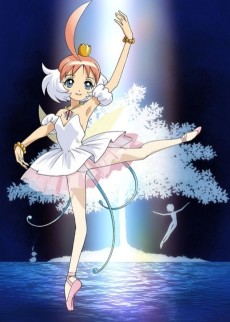 ANIME DramaPrincess Tutu
ANIME DramaPrincess Tutu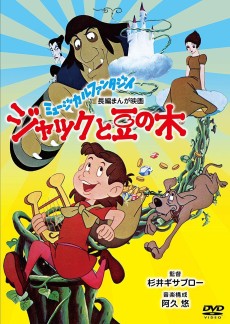 MOVIE FantasyJack to Mame no Ki
MOVIE FantasyJack to Mame no Ki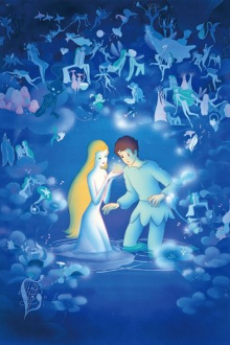 MOVIE AdventureYousei Florence
MOVIE AdventureYousei Florence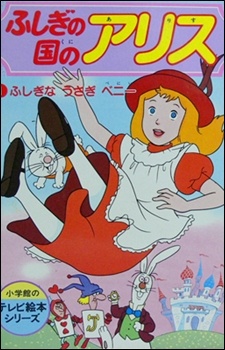 ANIME AdventureFushigi no Kuni no Alice
ANIME AdventureFushigi no Kuni no Alice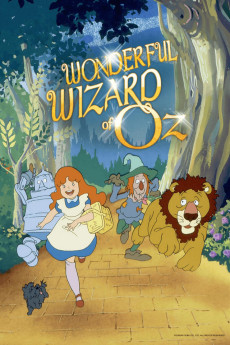 ANIME AdventureOz no Mahoutsukai (1986)
ANIME AdventureOz no Mahoutsukai (1986)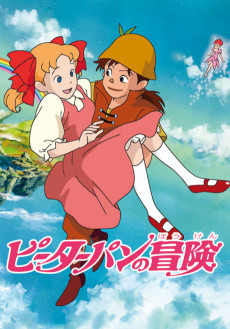 ANIME AdventurePeter Pan no Bouken
ANIME AdventurePeter Pan no Bouken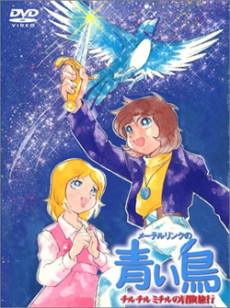 ANIME AdventureMaeterlinck no Aoi Tori
ANIME AdventureMaeterlinck no Aoi Tori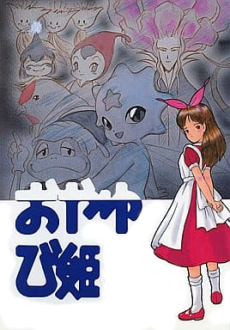 ANIME AdventureOyayubi Hime: Monogatari
ANIME AdventureOyayubi Hime: Monogatari
SCORE
- (2.7/5)
MORE INFO
Ended inMarch 3, 1979
Favorited by 11 Users


